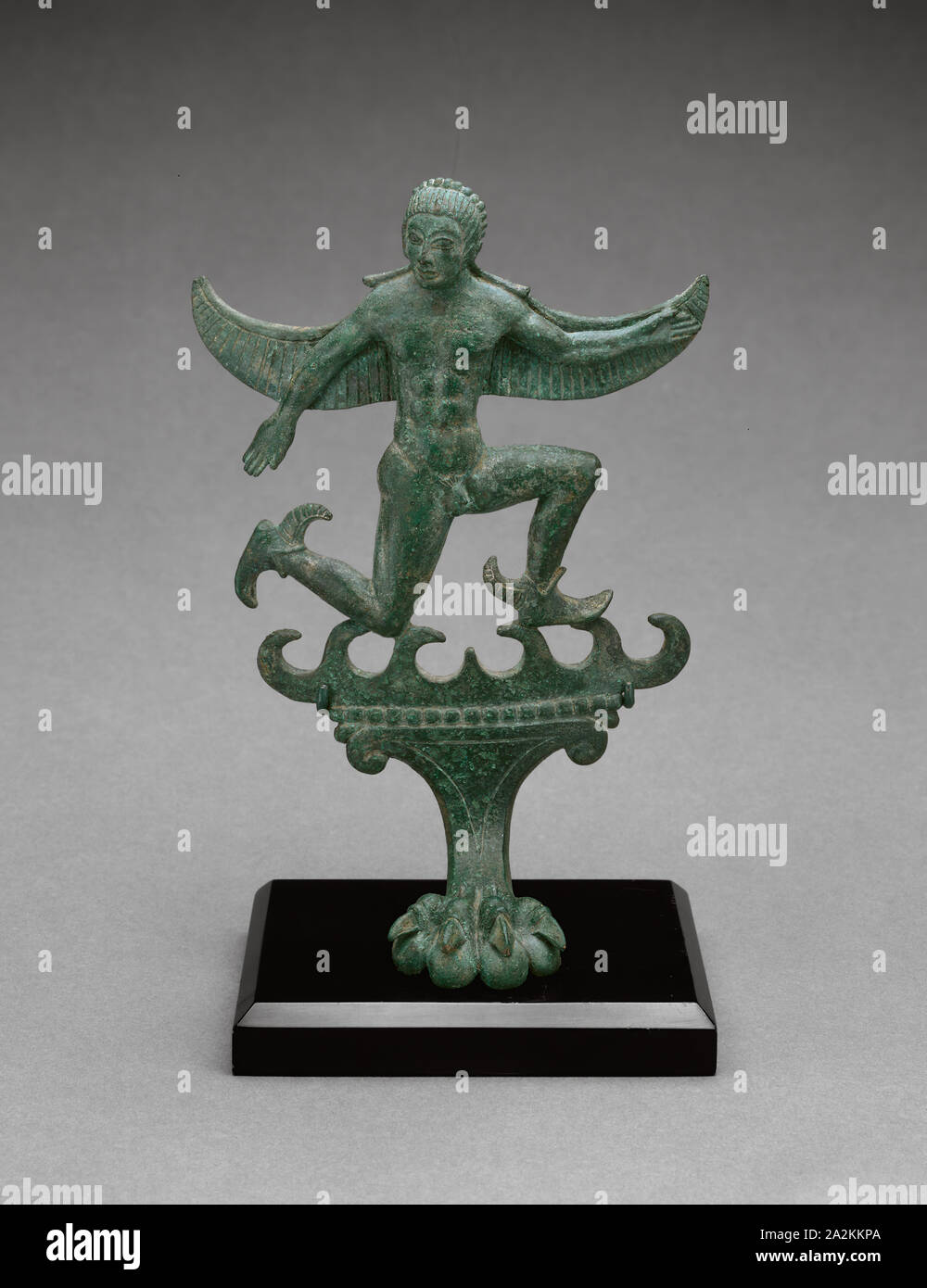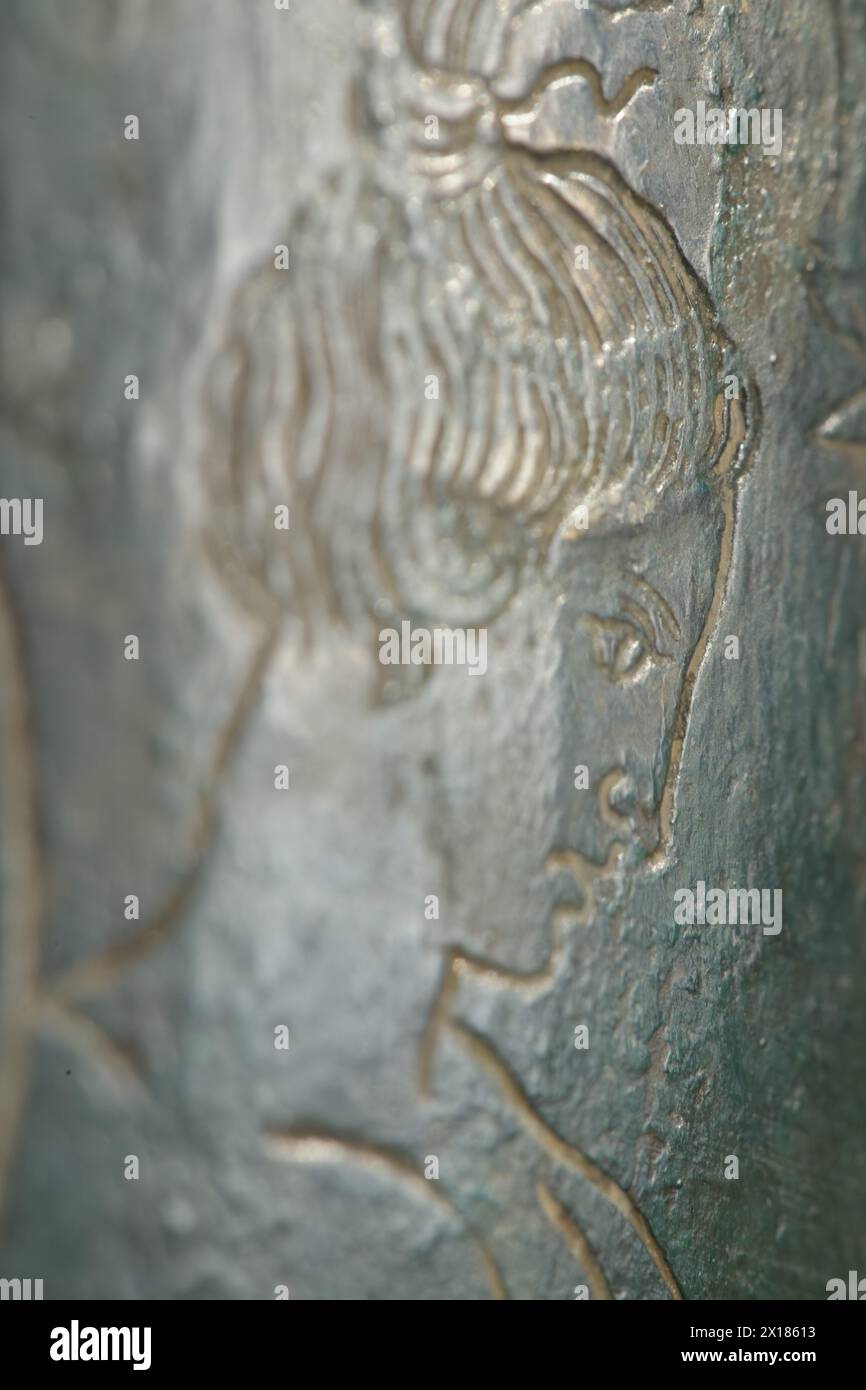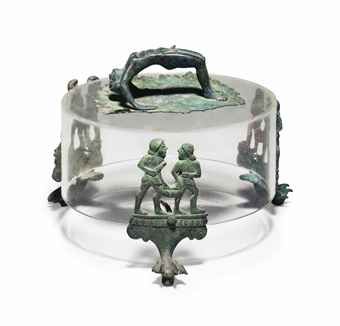Discover the Art of Engraving on Etruscan Bronze Cistae

Etruscan bronze cistae, ornate cylindrical containers dating from the 5th to the 1st century BC, are incredible artifacts that reflect the artistic sophistication of Etruscan civilization. These cistae were often commissioned for marriage dowries or as luxury items for the elite, encapsulating a piece of history within their intricate engravings. Engraving on these ancient treasures involves a delicate and precise craft, preserving both the beauty and historical significance of Etruscan culture. Let's dive into the world of engraving on Etruscan bronze cistae, exploring the techniques, tools, and artistic motifs that define this unique art form.
The History of Etruscan Bronze Cistae

To understand the art of engraving, one must first appreciate the context in which these cistae were created. The Etruscans, who inhabited what is now modern-day Tuscany, were renowned for their metalworking skills. Cistae were not merely utilitarian; they were luxury items that showcased wealth, status, and aesthetic appreciation:
- Dowry Containers: Cistae were often given as part of a bride’s dowry, filled with items for personal grooming or small treasures.
- Funerary Purpose: Some cistae were placed in Etruscan tombs, perhaps as offerings or to provide the deceased with valuables for the afterlife.
The historical significance of these items lies in their engravings, which depict mythological scenes, daily life, and elements of Etruscan culture that would otherwise be lost to time.
Engraving Techniques on Bronze

The engraving on Etruscan cistae was not simply decorative but a highly skilled technique involving several meticulous steps:
Preparing the Surface

The first step in engraving bronze cistae was preparing the surface:
- Annealing: The bronze surface was annealed, or heated to reduce hardness, making it more malleable for engraving.
- Polishing: After annealing, the cista would be polished to create a smooth surface for the engraver’s tools.
Engraving Process

The engraving process itself required a steady hand and an eye for detail:
- Burins: Crafted from iron, steel, or even bone, burins were used to incise lines into the bronze. The width of the line was controlled by the angle and pressure applied.
- Scraper: A scraper was sometimes used to create highlights by removing material around the engraving, enhancing the contrast between the metal’s surface and the engraving.
Chasing

Following engraving, the details were often further refined using chasing:
- Chasers: These tools were used to texture the metal around the engravings, adding dimension and realism to the depicted scenes.
📚 Note: The process of engraving and chasing was often done by different craftsmen, each specializing in their part of the craft.
Motifs and Symbolism in Etruscan Engravings

The imagery engraved on these cistae is rich with symbolism and provides insights into Etruscan beliefs and mythology:
Mythological Scenes

- Gods and Goddesses: Deities like Aplu (Apollo) and Uni (Juno) were often depicted, reflecting Etruscan religious and cultural beliefs.
- Heroic Feats: Scenes from Greek myths, reinterpreted through an Etruscan lens, were common, showcasing heroic acts and divine interventions.
Everyday Life

- Banquets and Feasts: Engravings often portrayed scenes of communal dining, highlighting the importance of hospitality and social gatherings.
- Hunting and Warfare: Imagery of hunts and battles symbolized strength, valor, and perhaps the need for protection against the various adversaries of Etruscan city-states.
Abstract Patterns

- Geometric Designs: Etruscans incorporated intricate patterns that might have symbolized harmony or the connection between the physical and spiritual worlds.
Restoration and Preservation

Engravings on Etruscan cistae are not just beautiful; they are a window into an ancient culture. However, time and environmental factors have taken a toll on these artifacts, necessitating careful restoration and preservation techniques:
Cleaning

- Mechanical Cleaning: Gentle methods like dry brushing are used to remove dirt and corrosion, ensuring minimal damage to the engravings.
- Chemical Cleaning: In cases where corrosion is severe, chemical solvents may be employed, carefully calibrated to not harm the original material.
Conservation

- Environment Control: Cistae are often displayed or stored in environments with controlled humidity and temperature to prevent further degradation.
- Protective Coatings: Modern conservationists apply thin, non-invasive coatings to protect the engravings from oxidation while preserving the original surface.
Restoration and preservation work highlights the significance of engravings as not just art but as cultural heritage, maintaining the link between our present and Etruscan antiquity.
In closing, the art of engraving on Etruscan bronze cistae is a mesmerizing testament to human ingenuity and artistic expression. From the delicate handling of the metal to the intricate designs that evoke both the mundane and the divine, these cistae stand as monuments to a civilization whose influence on art, culture, and craftsmanship was profound. They encapsulate a confluence of beauty, history, and skill, inviting us to appreciate and learn from an era long past but forever preserved in bronze.
What materials were used for Etruscan engravings?

+
Materials like bronze, iron, and even bone were used. For the engravings on cistae, bronze was the primary metal due to its ability to take detailed engravings and its corrosion resistance.
What are the common themes found in Etruscan engravings?

+
Common themes include scenes of mythological narratives, daily life, feasts, hunting, warfare, and abstract geometric patterns, each providing a glimpse into Etruscan culture and beliefs.
How are Etruscan cistae preserved today?
+Today, conservation efforts involve cleaning the cistae, applying protective coatings, and controlling their environment to ensure they are not further degraded by time and elements.



